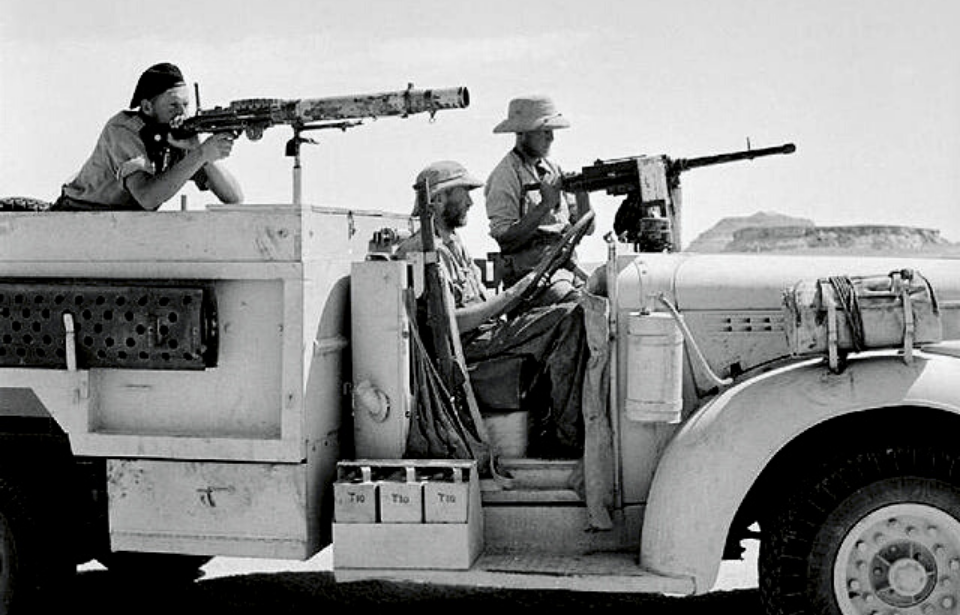Work is currently underway to identify two sets of remains discovered in Poland. It’s believed they date back to the Second World War and could potentially belong to New Zealander members of the famous Long Range Desert Group.
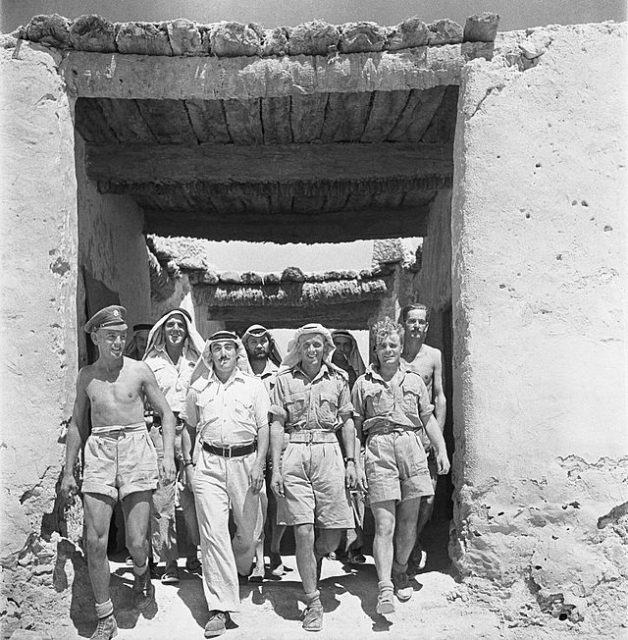
The goal is to identify the remains and return them to their families. Word of the discovery was first reported by the Gazeta Wyborcza, a Polish newspaper, which said the bodies were found by the Institute of National Remembrance‘s Search and Identification Bureau in August 2021, in the Lower Silesian village of Wierzbowa.
According to the publication, it’s the belief of experts that the remains belong to commandos from the Long Range Desert Group, a World War II-era force that largely operated in North Africa.
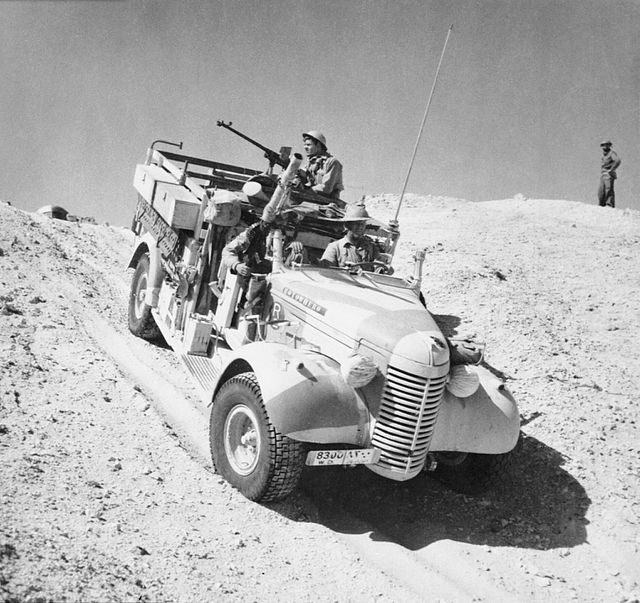
The Long Range Desert Group (LRDG) was established in June 1940 by British Major Ralph Alger Bagnold. Comprised of recruits from all Commonwealth countries – Britain, Australia, New Zealand, Rhodesia, South Africa and India – it specialized in intelligence gathering and long-range reconnaissance. It also carried out raids on enemy forces.
For this elite group, Maj. Bagnold looked for soldiers who showed initiative, determination, endurance, stamina, resourcefulness and self-discipline. He preferred to recruit New Zealanders because they were tough and knew how to repair trucks in the field.
While it served in North Africa, Italy and the Balkans, the LRDG is likely best known for its cooperation with the Special Air Service (SAS), for which it provided infiltration and exfiltration operations. It later helped with navigating the desert terrain in North Africa, allowing for the SAS’ continued success.
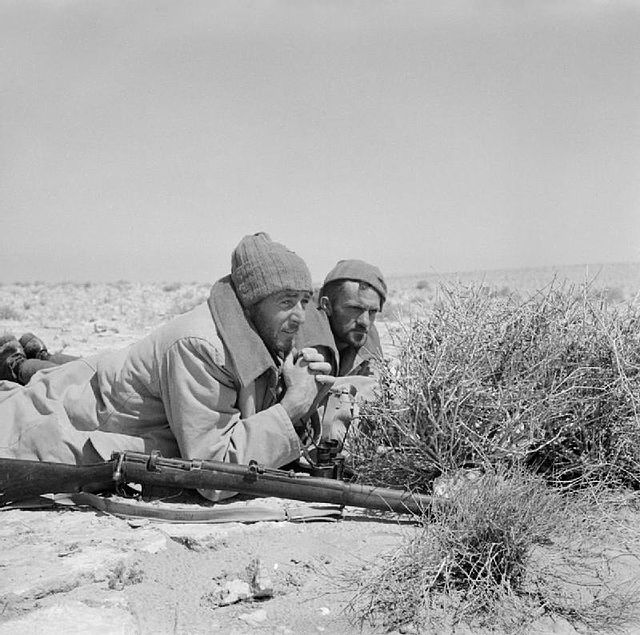
Information regarding the possible existence of a WWII-era grave was presented by a local history enthusiast to the Chief Commission for the Prosecution of Crimes against the Polish Nation. While it was initially believed three bodies were at the location, only two were recovered.
According to the Gazeta Wyborcza, a German prisoner of war camp, Stalag VIIIA, was located in Wierzbowa, and among the 30,000 Allied prisoners interred there, some were from New Zealand.
“Work committees called sub-camps existed outside the main headquarters,” it reported. “One such sub-camp was Arbeitskommando 10001. It operated in the village of Wierzbowa. Among them were commandos from the fine troops of the Long Range Desert Group… It is known that in Wierzbowa, the New Zealand captives were kept in the village common room.
“Altogether, there were 45 men there. They worked on maintaining the nearby Berlin-Zagań-Legnica-Wrocław railroad line.”
In the hours before the camp was liberated by the Soviets in 1945, the Germans led prisoners to the railroad station, ordered them to escape and fired on them, killing several.
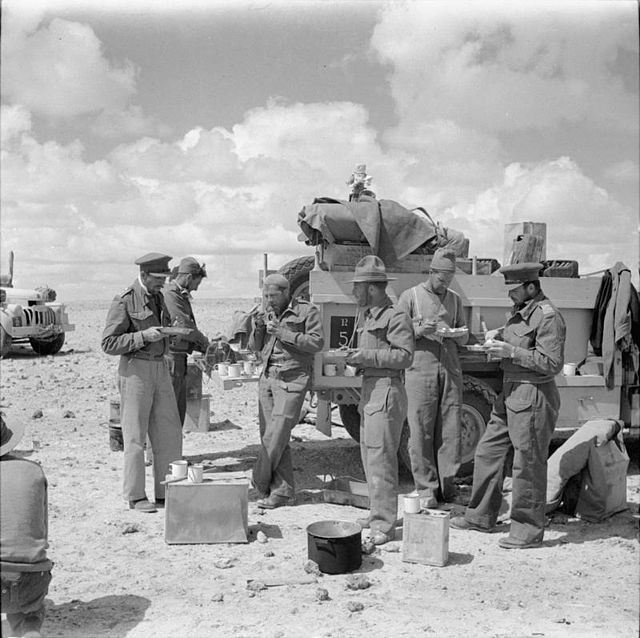
New Zealand’s Ministry of Culture and Heritage checked with the Commonwealth War Graves Commission to see if it was aware of the find. The commission marks, records and maintains the graves and places where Commonwealth military members from both world wars are commemorated. Aware of the remains, it began the process of identification.
More from us: Remains of US Airman Killed In Action During WWII Identified
The remains were taken to the Department of Forensic Medicine in Wrocław, where they were checked for injuries. Genetic profiling also took place. If they prove to be New Zealanders from the LRDG, they will be “appropriately interred” in a commission cemetery and any living descendants notified.
